Women in Science celebrates female palaeoanthropologists
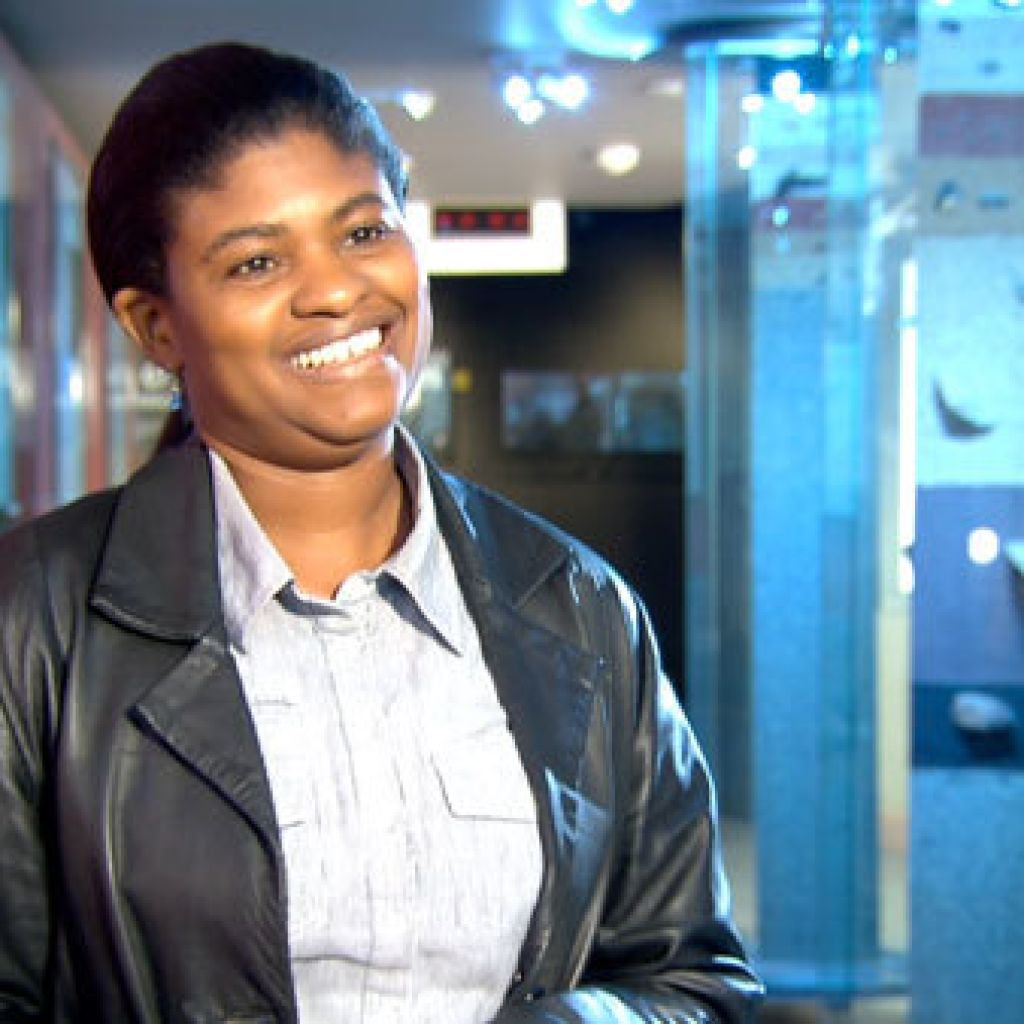
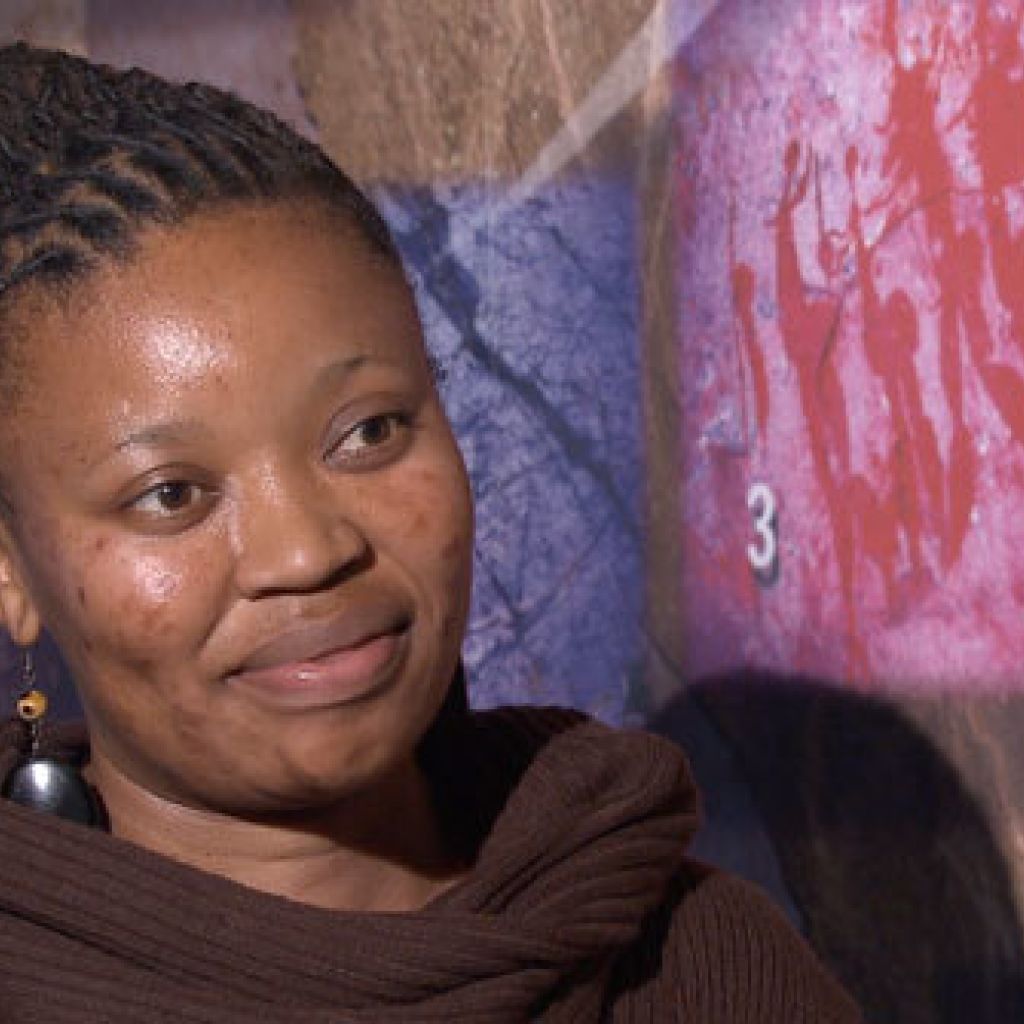
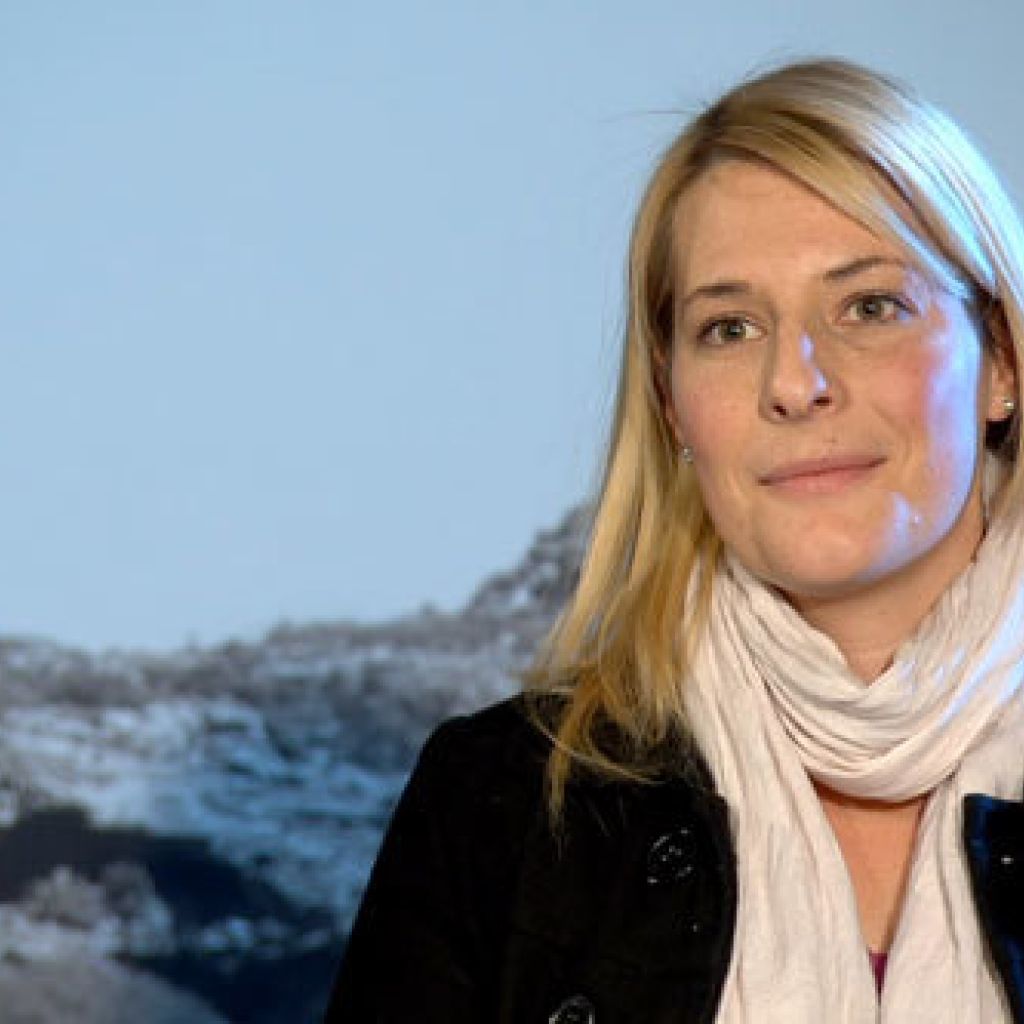
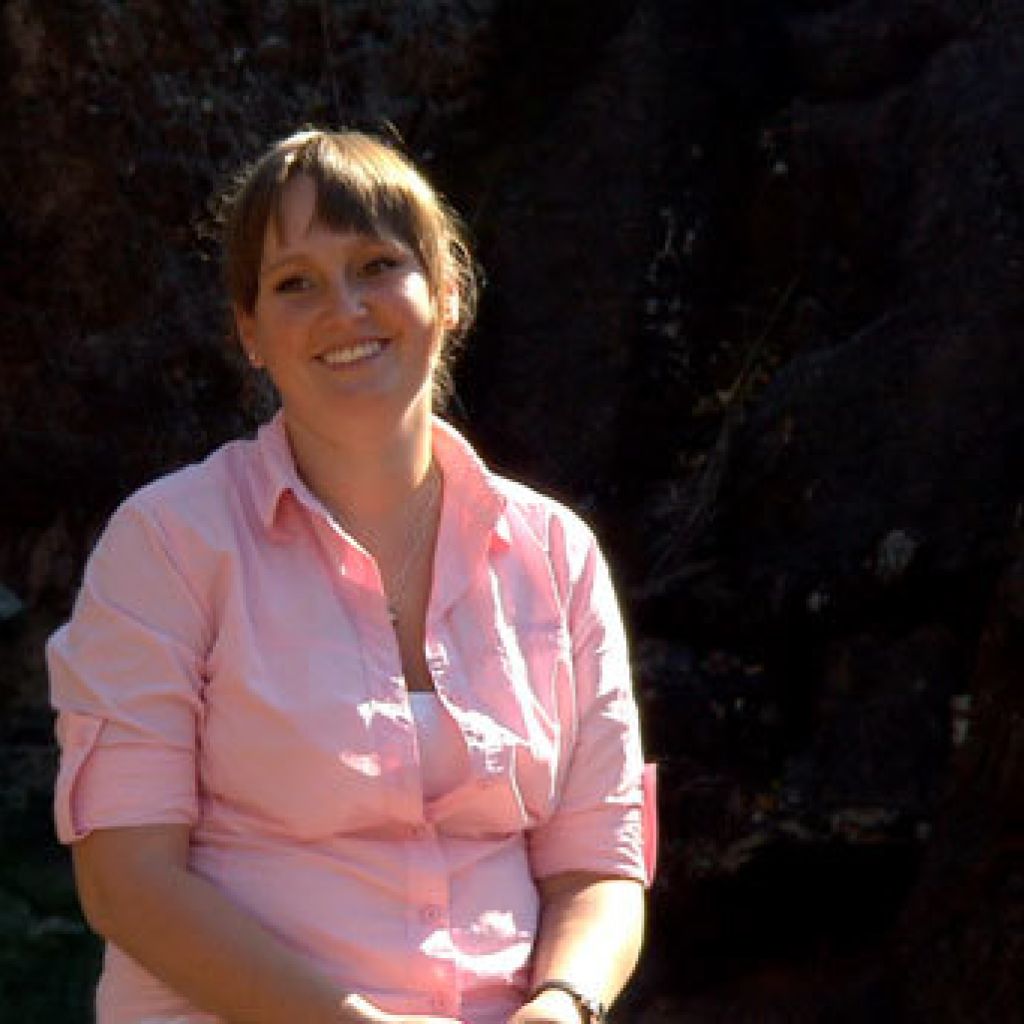
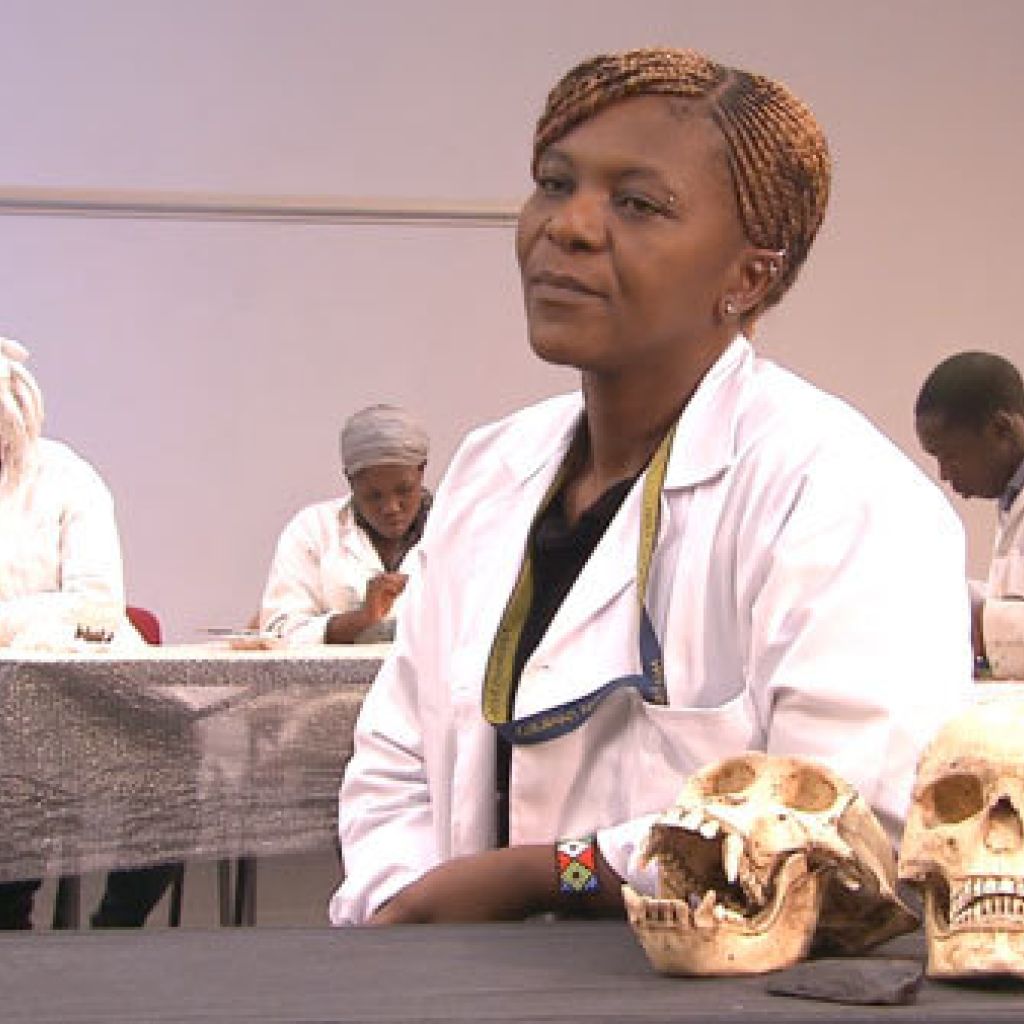
The myth about women preferring not to get their hands dirty was dispelled by SABC2 recently, with the flighting of a programme on palaeoanthropology – the first episode in a new documentary series called Women in Science – and the South African women who are claiming this field as their own.
Launched to herald Women’s Month in August, the six-part documentary celebrates the scientific contribution made by South African women in the fields of research, space science, synthetic biology and palaeoanthropology.
Women in Science introduces viewers to a group of intrepid women who are carving themselves a new future in a field historically dominated by white males.
Three of the women are from the Evolutionary Studies Institute at the University of the Witwatersrand.
Dr Mirriam Tawana is currently reclassifying fossils found at the Sterkfontein site, while researcher Nonhlanhla Vilakazi is completing her doctorate.
As a single parent, Tawana says she could never have achieved what she has without the support of her family. Vilakazi’s life is dominated by bones – she studies them by day and reads them by night in her after-hours role as a sangoma (traditional healer).
While formal study is one way of learning how to find and study fossils, it is not the only way. So says technician Zandile Ndaba, who honed her excavation and fossil-casting skills alongside a number of international scientists.
As a member of the excavation and casting team at the Evolutionary Studies Institute, Ndaba works on excavations and oversees the work of technicians responsible for making fossil casts.
Another woman who spends her time knee-deep in excavations is Bonita de Klerk, operations manager at Maropeng’s Marapo project.
De Klerk is responsible for managing the work of more than 100 scientists working with Australopithecus sediba fossils, first discovered by Professor Lee Berger in 2008 in the Cradle of Humankind. As the most well-preserved and intact hominin fossils unearthed to date, sediba fossils have generated great interest in the scientific community worldwide.
Also busy with her PhD is the University of Johannesburg’s Stephanie Edwards Baker, assistant site director at Drimolen. Baker balances her studies with her role as a tour guide at the Drimolen site in the Cradle.
SABC education commissioning editor Surekha Singh says the new series is not only about pioneering research, but “tells stories of women who, through passion and relentless hard work, have become involved in scientific domains, sometimes without any formal science training”.
Each episode reveals a different facet of the science world, from women who chart the universe, to those who explore the world at a cellular level, to those who unearth long-buried secrets from old bones.